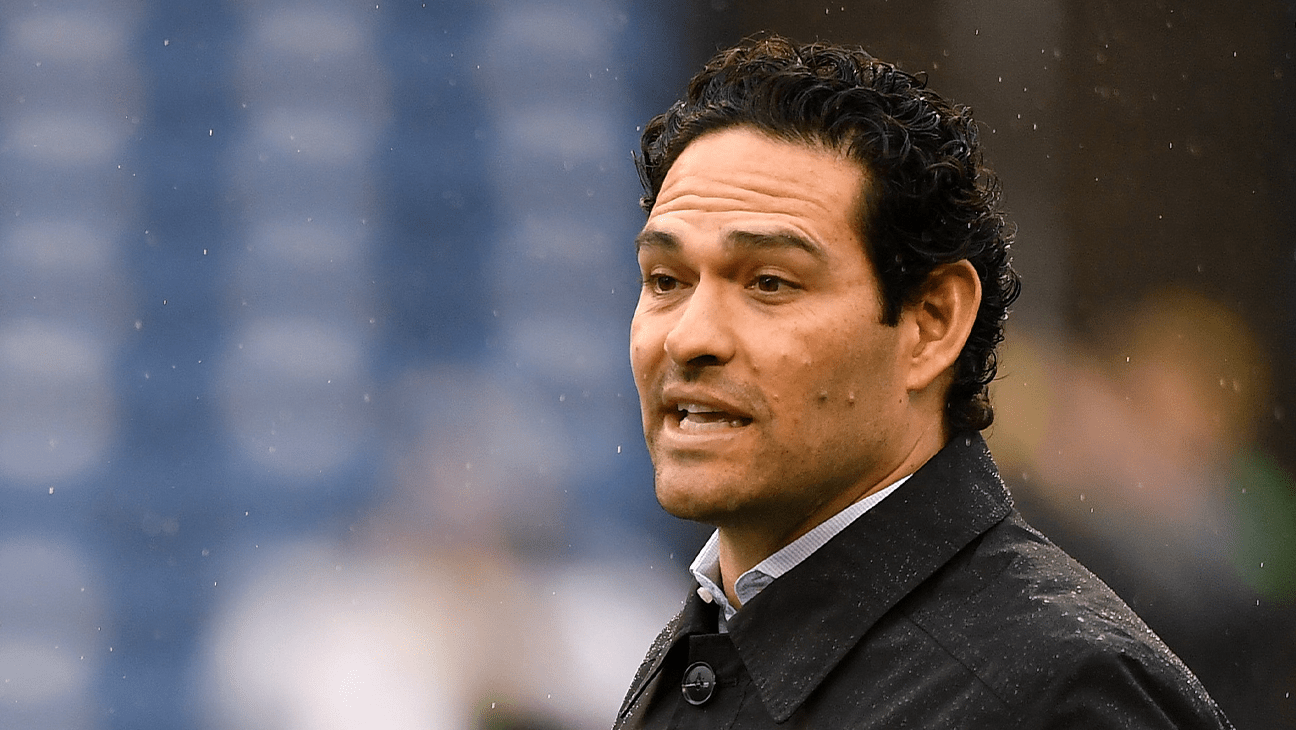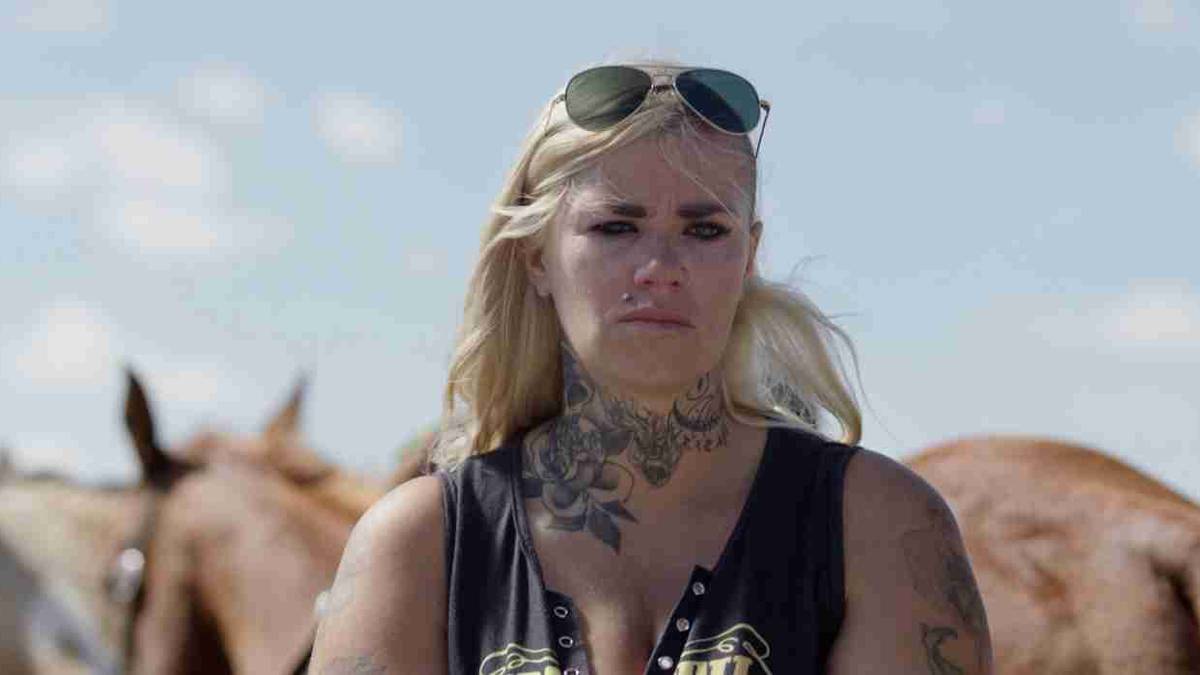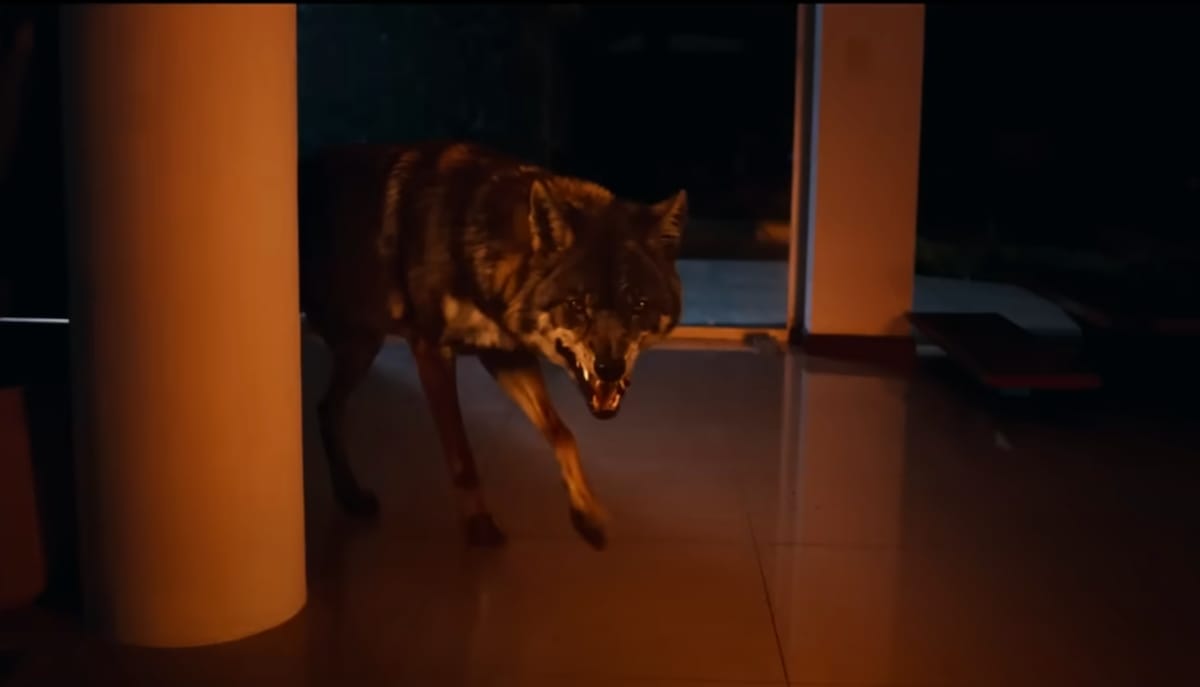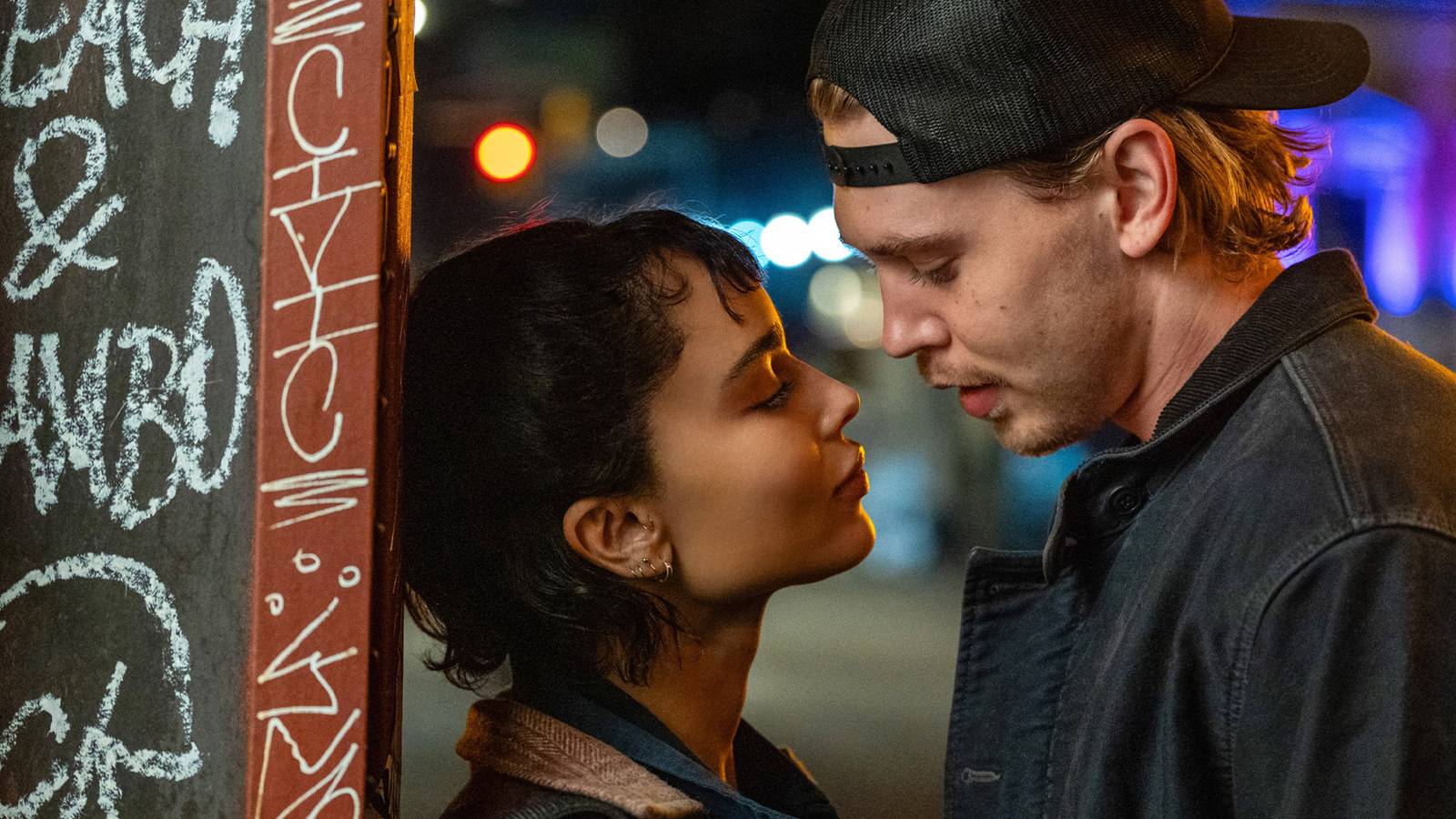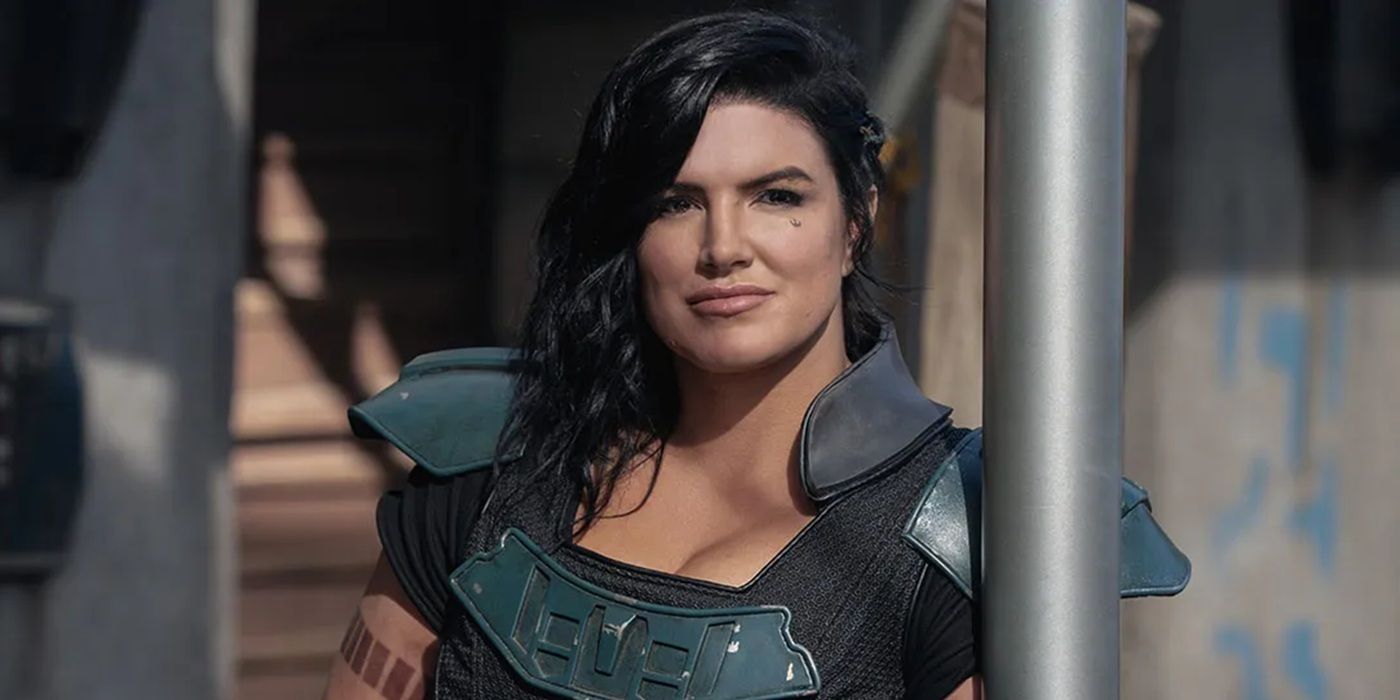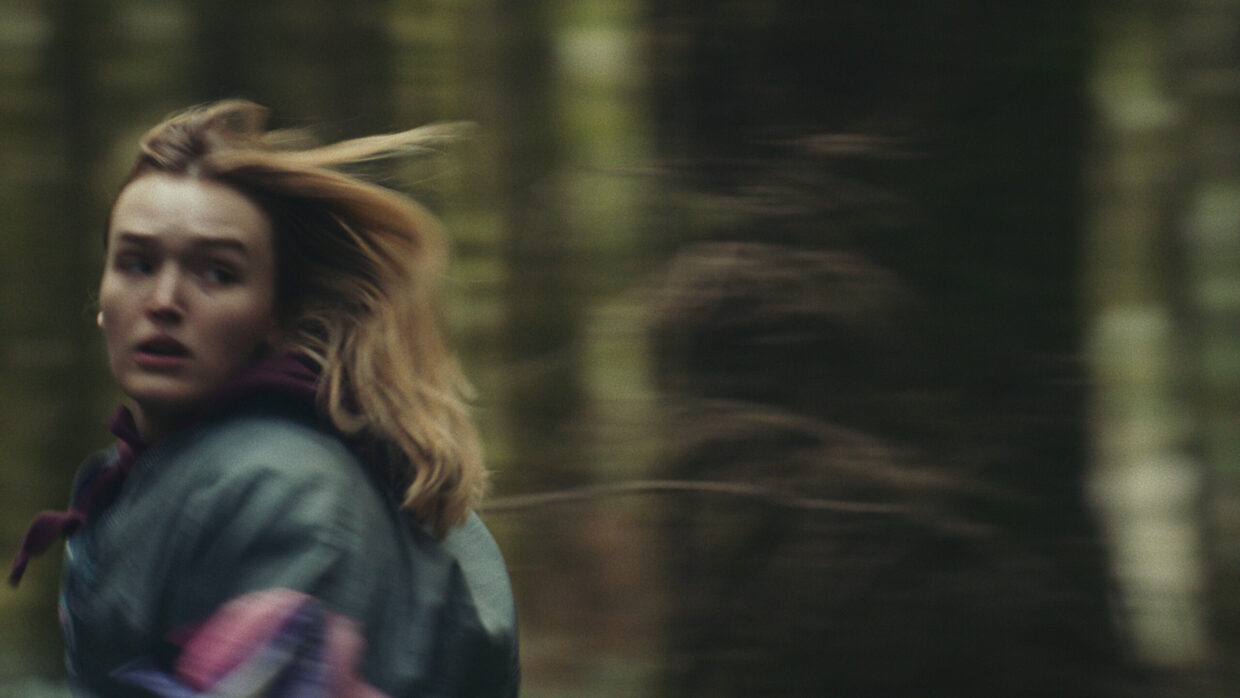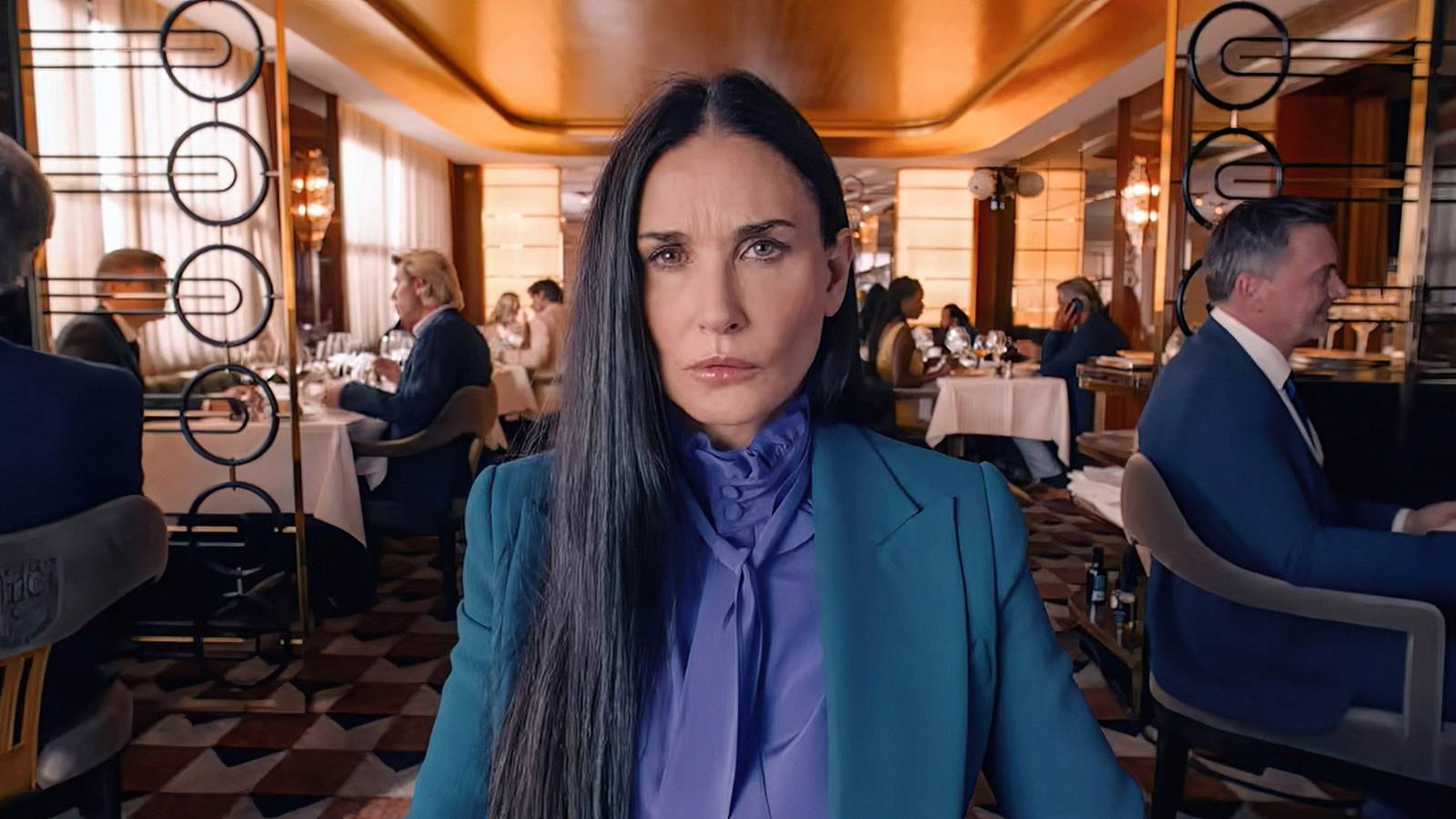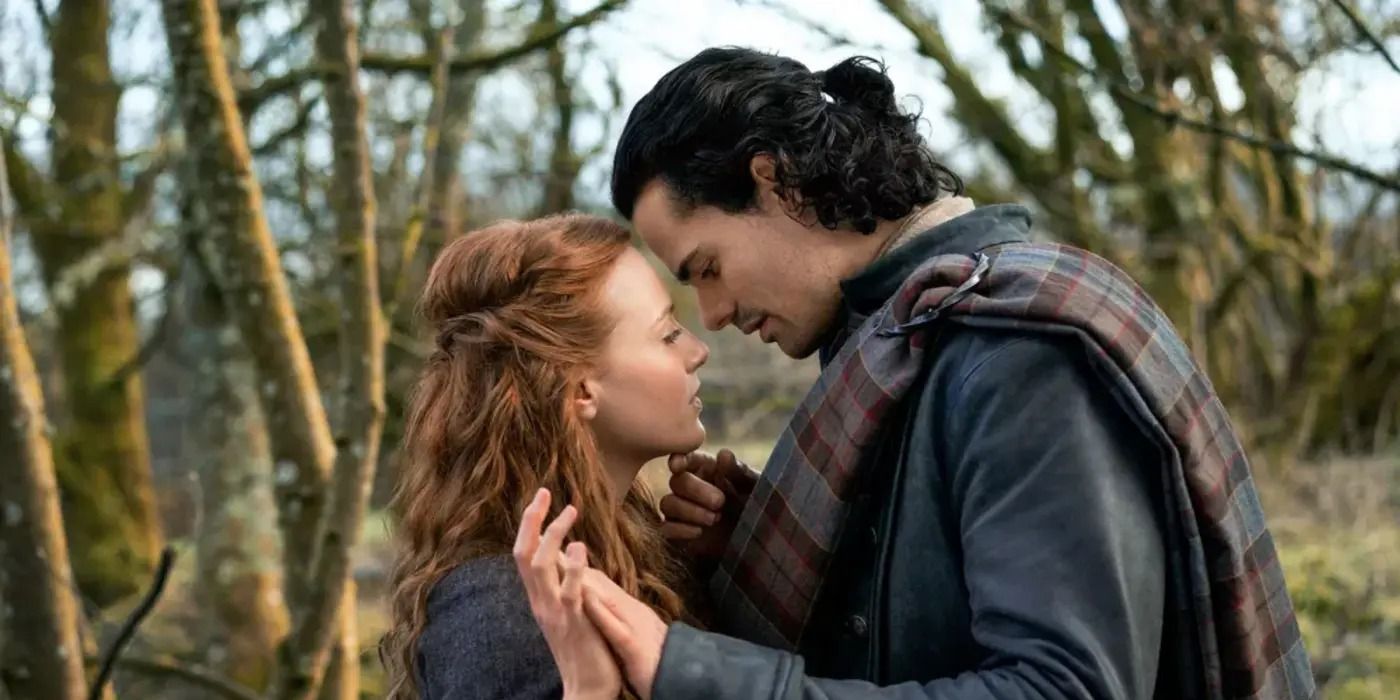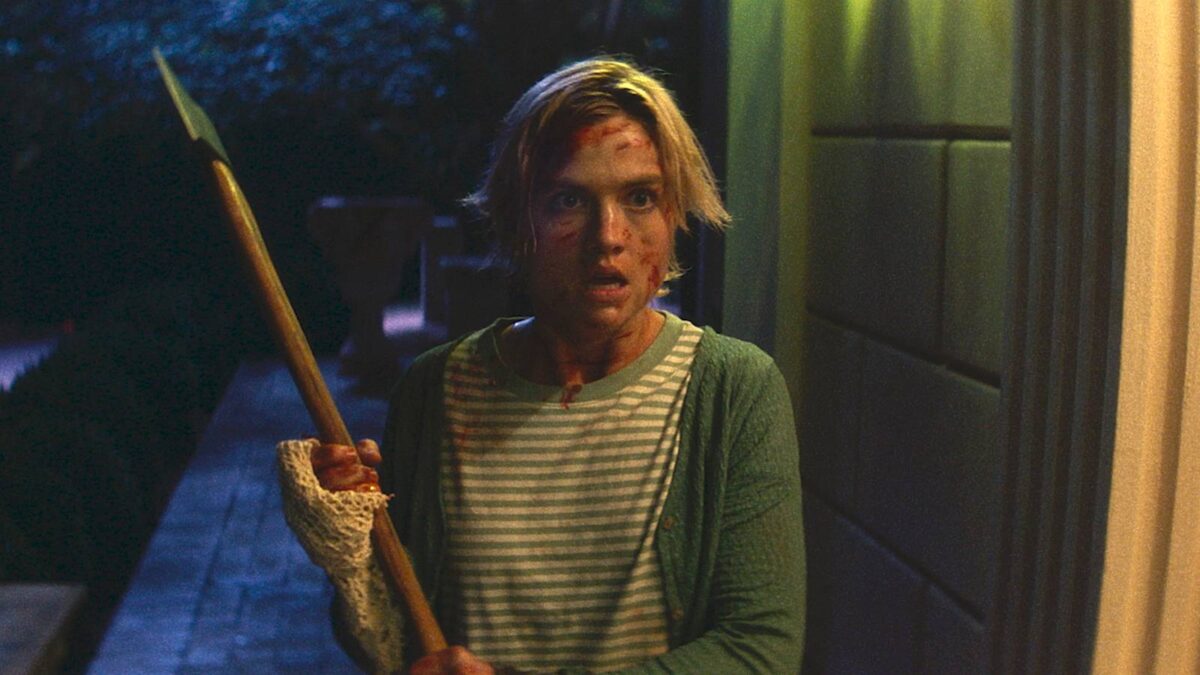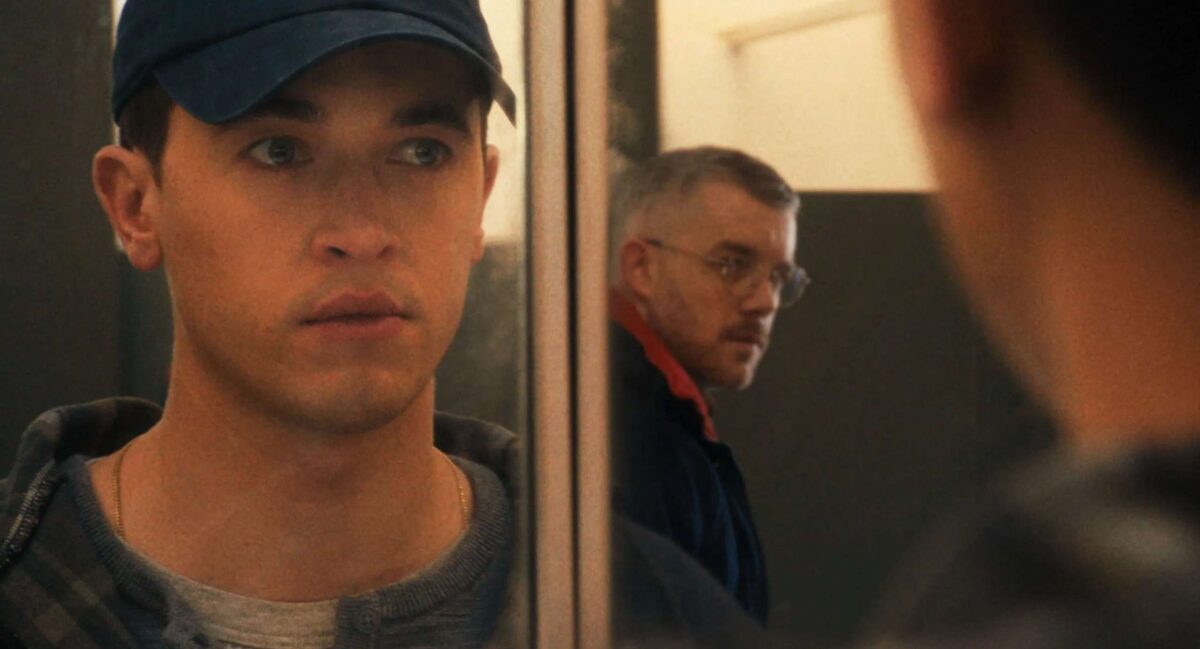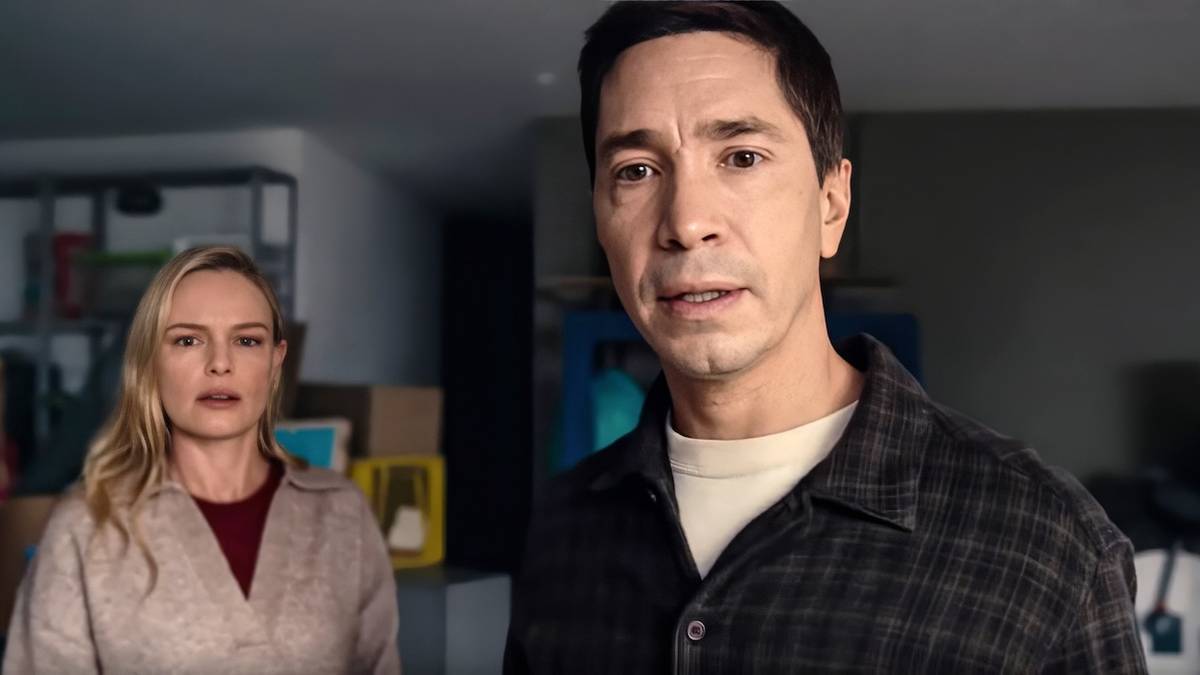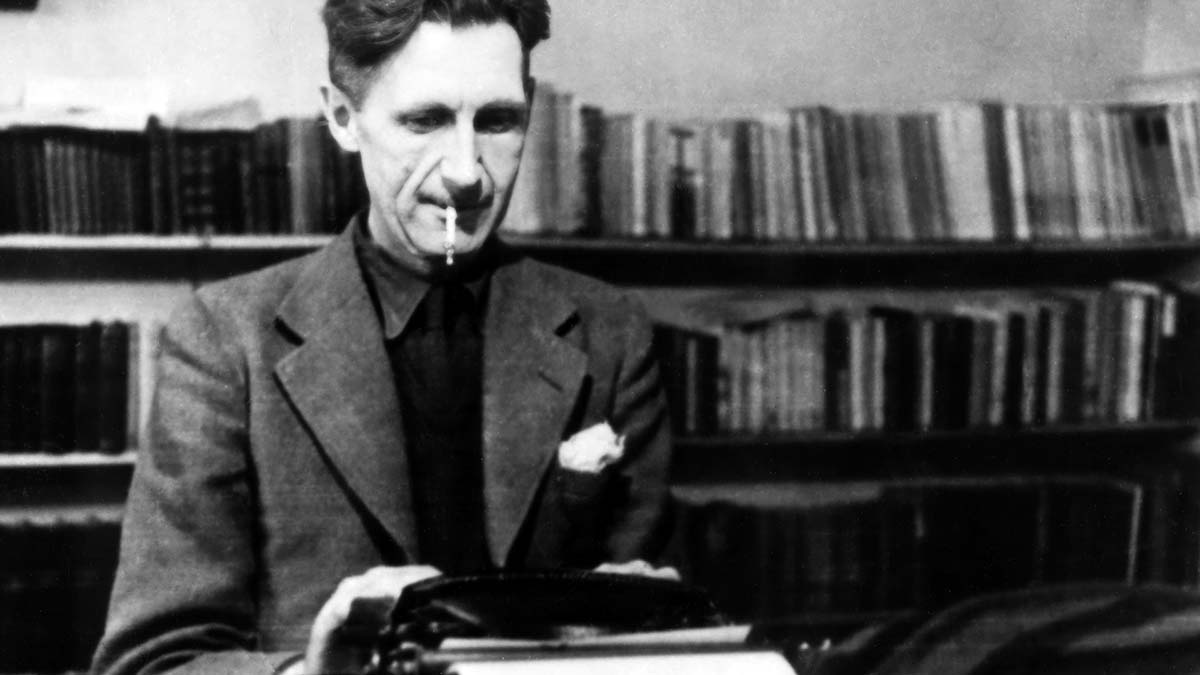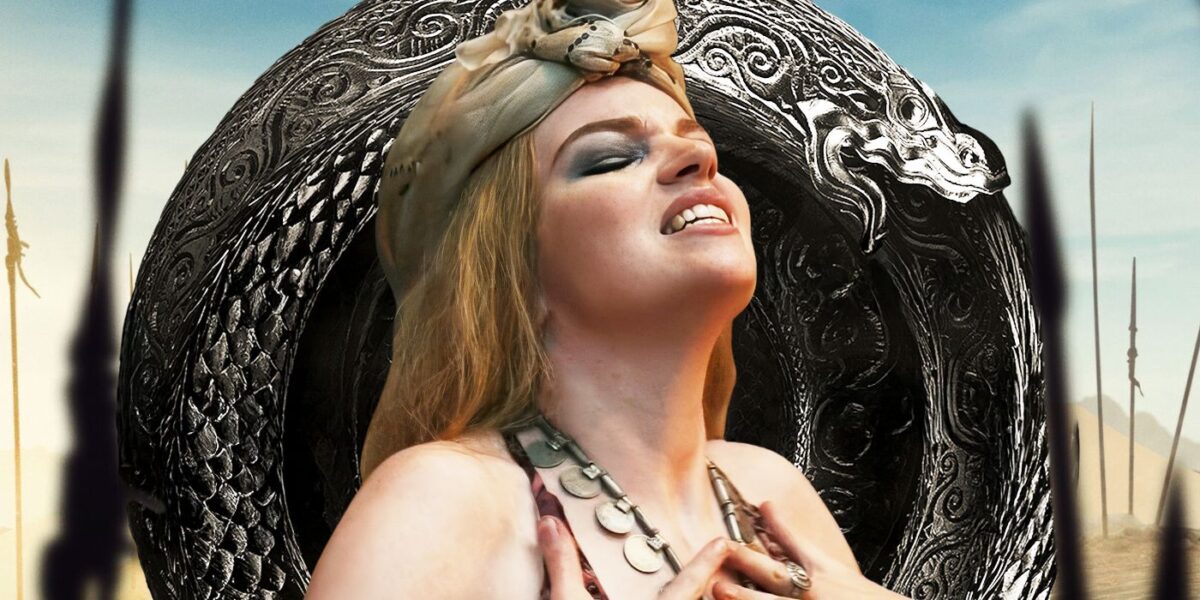
How Nikhil Koparkar’s Musical Love Letter to ‘The Wheel of Time’ Led to Season 3’s Smash Hit “The Hills of Tanchico”
May 14, 2025
Three seasons in, Prime Video’s adaptation of The Wheel of Time has only become more expansive — not just through the story itself, but the world. While Season 2 introduces certain cultures like the Aiel and the ruthless Seanchan empire, the show’s most recent third season also broadens even further to include new locations like the sweltering Waste and the treacherous coastal city of Tanchico. The latter is where several of our heroes, including Elayne (Ceara Coveney), Nynaeve (Zoë Robins), Mat (Dónal Finn), and Min (Kae Alexander), wind up while investigating the whereabouts of a Seanchan collar that can be used to control a man channeler — specifically, Rand al’Thor (Josha Stradowski) — but when her cover is nearly blown in Episode 6, Elayne’s forced to break out into particularly bawdy song with help from our favorite gleeman, Thom Merrilin (Alexandre Willaume), and the result has been an earworm for fans ever since.
In the wake of Season 3 airing, Collider had the opportunity to speak with composer and sound designer Nikhil Koparkar, who has worked on The Wheel of Time since the second season, about bringing “The Hills of Tanchico” to life in joyously memorable fashion. Over the course of the interview, which you can read below, Koparkar shares the story of how he first joined the music team of The Wheel of Time — which started with his own fan love letter to the books. He also discusses the whirlwind process of putting the lyrics of “The Hills of Tanchico” to music, why he wanted to incorporate instruments you wouldn’t expect into the song’s sea-shanty melody, what he loves most about musical worldbuilding, and more.
COLLIDER: I feel like a lot of people may not know the full story of how you got linked up with The Wheel of Time, so what’s the background behind your involvement with the show?
NIKHIL KOPARKAR: Around 2019, I’d been composing, at that point freelance, for a few years, and I had this epiphany. I love reading. It’s one of my favorite hobbies, second only to music, but there’s always that feeling that when you’re working on music, sometimes you just want to take a break and open a book — but when you’re reading, you feel like you’re taking away from your work. I’m a recovering workaholic here, so I was like, “What if I could combine both things into one thing? Wouldn’t that be amazing?” I started looking at adaptations that were being developed, and I saw Amazon was developing The Wheel of Time.
I hadn’t heard of it, actually, at that point, but I read a little bit about it, and I was particularly taken by the Hindu and Buddhist philosophy that’s interwoven throughout the series, and I didn’t realize that that could be fantasy. It kind of opened my door to fantasy in general. I started reading the books. I ended up reading all 15 of them, eventually. I remember the ending of that second book, and how I felt reading that. I had this idea of wanting to do a thought experiment and just pretending I had the credits to pitch for this, just to see what would happen. Would I get better as a composer? Would I get better at pitching myself?” I decided to write a musical love letter to how I felt reading the ending of the second book, and how it opened up my worldview and made me love fantasy.
I wrote this piece, and I made a list, actually, of composers I would imagine pitching for this. Bear McCreary was on that list, Lorne Balfe was on that list, and I thought to myself, “What would they do in a situation like this? Probably hire live players, maybe make a video of it, and really shoot for the moon.” So that’s precisely what I did. I worked with the Budapest Scoring Orchestra, which are fantastic players, and I made a video and I shared it to production. They seemed to really like it. I got some positive responses from them, but that’s kind of as far as it went. Then I tweeted it out with the hashtag #TwitterofTime, which… that community is just amazing. They were so excited about it, so they were sharing it quite a bit, and that led to Tor.com doing a whole article on it, and then it came to the attention of Lorne Balfe. He asked me, “Would you want to do a couple of days on the team and just kind of see how it works?”
A couple of days ended up becoming two years. I’ve gotten a chance to work on some other amazing series like His Dark Materials and Life on Our Planet, which is a Netflix docuseries, very orchestral kind of music. It was just kind of a full circle moment. Play on words there, I guess, but it did feel like that, that it was really just a love letter to that series that made so much of an impact on me.
Nikhil Koparkar Reflects on His Work on ‘The Wheel of Time’ Season 2
Image via Prime Video
Which tracks did you get to work on for Season 2 — because you joined the show and became a part of the music team around that time, right?
KOPARKAR: That’s correct. Basically, I worked as an additional composer at that time. What an additional composer does, at least in the capacity of this team and this show, is to take Lorne’s amazing themes and maybe recontextualize them for different scenes. As I started doing that, I would send him cues for approval because the approval process was pretty lengthy. It would go through Lorne, it would go through the music editor, the editor, production, [showrunner] Rafe [Judkins], and then eventually Amazon. So, when I would send emails to Lorne, I would say, “Hey, I think they’re going to tease this in book four. Season 3 is based on book four. Maybe we could try to do some musical foreshadowing or something like that.”
At a point in Season 2, a spot opened up for a music team lead position, so I eventually ended up doing that. So, in addition to writing, or arranging cues for the season, I was also responsible for shepherding it across the finish line and working with production. It was like being in the hot seat without being in the hot seat, so to speak. I probably worked on arranging 40 to 45 pieces of music during Season 2, which was wonderful. Some notable standouts would probably be the Egwene collaring scene, which was an intense moment, of course. In Episode 5, I had this idea of taking Egwene’s theme, just the vocals, and warping it and twisting it and kind of mangling it to reflect what she’s going through in that moment. There are these little musical Easter eggs that we were putting in throughout the season. It started off as a smaller involvement, and that built over time.
When we’re watching a show, a lot of times we hear a motif or a theme that we’ve heard before, but implemented in a new way. So that’s a lot of what an additional composer does, looking for those moments to pepper in little callbacks?
KOPARKAR: Absolutely. Part of that is also the additional composers working with the music editor, who also works very closely with the editors. Everybody’s in lockstep with each other, but it’s also figuring out those moments. Sometimes it will be a decision made by the music editor and editor, like, “Around this point, this particular character’s going through something here. Why don’t we add in a little snippet of that theme somehow, and just keep it a little bit subtle?”
Sometimes there will be ideas like that that germinate. In the Season 2 finale, which was another cue that I worked on, Egwene’s face-off with Renna and getting to kill Renna, you hear a little bit of the Forsaken theme playing at that point. It’s that idea that she’s on that knife’s edge of… is it liberation? Is it also vengeance? Where is that fine line? The music kind of crescendos to the point where it suddenly stops when Rand calls her name and grounds her again in that moment.
Related
Why That “Hills of Tanchico” Song in ‘The Wheel of Time’ Is More Important Than You Think
Who knew Elayne Trakand could do that?
Jumping ahead to Season 3, “The Hills of Tanchico” is such a fun moment, not only because it’s a great bop, but also because it really serves as an important character moment for Elayne. When it came to the song’s construction, were you putting music to lyrics that were mostly already written?
KOPARKAR: Basically, what happened was I got the script for Episode 6, and the lyrics were actually included within the context of the script. Production had basically mentioned, “We want a musical ode to Tanchico.” By that point, I’d read all the books, so it was at least easy to step into that world, because that was actually one of my favorite geographical locations in the series. They had mentioned, “We want some Asian instrumentation. We want it to feel like a sea shanty, and we want some African instrumentation if you can fit it in, if it makes sense.” Then they said, “Have fun!”
They wanted a draft that evening, or, in UK time, it would be the next morning. I really had my morning and a little bit of the afternoon to write the whole thing. It’s always interesting trying to combine different instruments that feel like they almost shouldn’t go together, and how do you make it feel like it’s all part of the same ensemble and cohesive? So, I sat with the acoustic guitar, ironed out the melody first, and I figured if I made that feel like a sea shanty, then everything else could be a support for that melody. A lot of the production that you hear on that original demo is actually the final recording. The only thing that was changed was the vocals, which were me just stomping and clapping in my room, and singing all the parts the way I would imagine them to be, the harmonies and such, and then sending the track over to production.
They approved it about two days later, and then they recorded the vocals the next week. So then, I was remoting in and speaking with Ceara [Coveney] and Rammy [Park] and Marta Cunningham, who directed the episode, and Dónal Finn and Alexandre Willaume. I got to work with them to kind of nail the parts appropriately. It was a wonderful experience, really. But it started with the amazing lyrics that Rammy Park wrote.
Nikhil Koparkar Has His Own Suspicions About the Double Meaning in “The Hills of Tanchico”
The lyrics of “The Hills of Tanchico” seem to have a double meaning, where the most obvious one is speaking to a very specific part of the human body, anatomy-wise, but they also could be referencing the Seanchan collar, especially given the statue of the collared man in Tanchico. Was that something that was discussed while composing the song?
KOPARKAR: Actually, it wasn’t necessarily an explicit discussion between me and production or myself and Rammy Park, but when I was first reading the lyrics, I actually saw that double meaning. My thought was, from the song structure of it, there might be a way to lean into that a little bit while still not really telegraphing it at all. So, the idea would be that it could be open to people’s interpretation — kind of like the song, “Ring Around the Rosie,” which was first written, I think, during the Black Death period and then became a children’s nursery rhyme. I think a lot about that idea, of how things distort over time.
If you listen to the song, it starts off a little bit more melancholy, almost, and that was deliberately done. Then the idea of the “hills of Tanchico,” the chorus part of it, sounds a bit more heroic and almost timeless, like a legendary tale. That idea was also deliberately done, at least from the musical perspective, that even if something was distorted through time, what would that feel like as a timeless legend? But then also it’s people shimmying to it. It’s this kind of funny interplay. At the same time, that allows you to not lean too hard into the joke musically. That also plays really well when Elayne realizes at the same time that probably a lot of the audience does. So, it’s this weird, subtle blend to try to nail. It wasn’t necessarily an explicit conversation, but I remember when I was reading those lyrics, I had the same thought, and I was like, “Maybe I’ll just tease it.” I didn’t have the time to overthink it because it was all due that day, so I just kind of ran with it musically.
You mentioned working with Ceara and Dónal remotely, and I’m assuming that when you got the script, it said which characters were singing. Are you also considering how to write a song like this to the actors’ vocal range and trying to make it something that will be easily performed?
KOPARKAR: That’s actually a really good question. I didn’t get a chance to talk with them specifically beforehand. All the stuff was going so lightning fast, and within me getting the script to write it and us recording, it was probably a week’s time. A lot of that was actually me trying to figure out a pitch that would work well for tenor voices, for alto voices, and trying to find something that would approximate it. Actually, in the studio, we did change the pitch of it to kind of approximate better where their vocals would be most comfortable. You never know when you’re going into this kind of stuff, so it was a lot of playing by ear. Luckily, there’s some overlap in what ranges would typically work for people, so I kind of went with that as a matter of course.
Sea shanties do really feel evocative of a certain place and time, but when you’re working with something like The Wheel of Time, where it’s almost more like sci-fantasy, was there anything that you were drawing from in having that flexibility to play, or inspirations that maybe people wouldn’t think of as being super obvious, especially while you were bringing in instruments that aren’t traditional to that genre?
KOPARKAR: That’s a great question. For the last, I would say maybe seven or eight years, I’ve been obsessed with this idea of musical worldbuilding and how one can take instruments that have been played the same for hundreds or thousands of years, and they’ve been played traditionally, and you recontextualize them. You take them out of the element people are used to hearing them in, maybe combine them with other instruments. The idea being that people go, “What is that?” rather than, “Oh, that reminds me of India. That reminds me of Japan. That reminds me of so on and so forth.” Because, like you said, The Wheel of Time is a confluence of cultures, but it could be in our universe. It could be in the future. There are some nebulous aspects to where it is and when it is, and so it was important to try to make it feel a little nebulous.
I worked on an album called Nature of All Things a few years ago, and that kind of whetted my appetite for this whole idea of combining instruments in non-obvious ways. We had taken a santoor, which was an Indian hammered dulcimer, and we said, “Instead of trying to do fusion music where Western instruments are playing Eastern scales, why don’t we take this Indian instrument and bring it into a Western ensemble? Play it differently? Play it the wrong way and see what happens?” That actually led to a talk at Google that we did about this idea of combining non-obvious instruments. It felt very much a natural thing, actually, for this project.
One of the lessons I’ve learned from that experience was that there’s always the main thing, and then there’s another supporting thing in music. You always want to make sure that it’s not being foreshadowed, the main melody, at any point. The sea shanty seems to be the most bar song aspect of this. All the other instrumentation could be used as much or as little as we want. But really, the crux of it would be that this should feel like it belongs in a tavern. So, the sea shanty actually ended up being the crux of it. I used the acoustic guitar, vocal accordion, stomps, and claps — things that you would imagine in a bawdy tavern song. Then, I used Malaysian plucked instruments, but then I combined them with mandolin so that, again, it’s that idea of, “What is that instrument?” It doesn’t quite sound like a Southeast Asian instrument, but it sounds different, and that’s always the goal. I love Robert Jordan’s writing, that he always figured out ways of making it feel like you don’t know where one culture ends and the other begins. It’s a true integration. That was the idea, to try to capture that musically. It’s one of my favorite things in the world to do.
All episodes of The Wheel of Time are available to stream on Prime Video.
The Wheel of Time
Release Date
November 18, 2021
Network
Prime Video
Showrunner
Rafe Judkins
Directors
Sanaa Hamri, Ciaran Donnelly, Salli Richardson-Whitfield, Thomas Napper, Maja Vrvilo, Wayne Che Yip
Writers
Amanda Kate Shuman, Dave Hill, Rohit Kumar, Justine Juel Gillmer, Celine Song, Rammy Park, The Clarksons Twins, Katherine B. McKenna
Publisher: Source link
Erotic Horror Is Long On Innuendo, Short On Climax As It Fails To Deliver On A Promising Premise
Picture this: you splurge on a stunning estate on AirBnB for a romantic weekend with your long-time partner, only for another couple to show up having done the same, on a different app. With the hosts not responding to messages…
Oct 8, 2025
Desire, Duty, and Deception Collide
Carmen Emmi’s Plainclothes is an evocative, bruising romantic thriller that takes place in the shadowy underbelly of 1990s New York, where personal identity collides with institutional control. More than just a story about police work, the film is a taut…
Oct 8, 2025
Real-Life Couple Justin Long and Kate Bosworth Have Tons of Fun in a Creature Feature That Plays It Too Safe
In 2022, Justin Long and Kate Bosworth teamed up for the horror comedy House of Darkness. A year later, the actors got married and are now parents, so it's fun to see them working together again for another outing in…
Oct 6, 2025
Raoul Peck’s Everything Bagel Documentary Puts Too Much In the Author’s Mouth [TIFF]
Everyone has their own George Orwell and tends to think everyone else gets him wrong. As such, making a sprawling quasi-biographical documentary like “Orwell: 2+2=5” is a brave effort bound to exasperate people across the political spectrum. Even so, Raoul…
Oct 6, 2025
